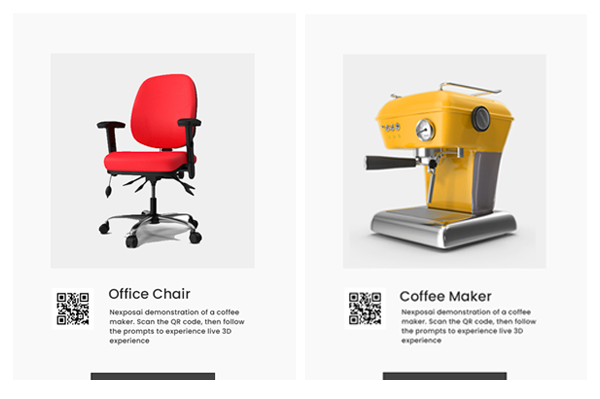Unlocking the Potential of AR Content for B2B Audiences
Augmented Reality (AR) has emerged as a game-changing technology with the potential to revolutionize the way businesses engage with their customers. By overlaying digital information onto the real world, AR offers a unique and immersive experience that can captivate audiences and drive business results. However, creating AR content for B2B audiences comes with its own set of challenges. In this article, we will explore these challenges and provide practical solutions to overcome them.
1. Understanding the B2B Audience
One of the key challenges in creating AR content for B2B audiences is understanding their specific needs and preferences. Unlike B2C audiences, B2B decision-makers are driven by different motivations and have distinct pain points. To overcome this challenge, it is crucial to conduct thorough research and gain a deep understanding of your target audience. This will enable you to tailor your AR content to address their specific challenges and provide valuable solutions.
2. Aligning AR Content with Business Objectives
Another challenge is aligning AR content with the overall business objectives of your B2B audience. AR should not be used for the sake of novelty; it should serve a purpose and deliver tangible value. Before creating AR content, it is essential to identify the specific business goals you want to achieve. Whether it is enhancing product demonstrations, improving training programs, or streamlining complex processes, aligning your AR content with these objectives will ensure its effectiveness and relevance.
3. Overcoming Technical Barriers
Creating AR content requires technical expertise and resources. Many B2B organizations may lack the necessary skills or infrastructure to develop AR experiences in-house. However, partnering with an experienced AR solution provider can help overcome these technical barriers. These providers have the expertise and tools to create high-quality AR content tailored to your specific needs. By leveraging their knowledge and capabilities, you can ensure a seamless and successful AR implementation.
4. Ensuring User-Friendly Experiences
AR content should be intuitive and user-friendly to maximize its impact. Complex or confusing experiences can hinder adoption and engagement. To overcome this challenge, it is crucial to prioritize user experience (UX) design in your AR content creation process. Focus on simplicity, ease of use, and clear instructions to guide users through the AR experience. Conduct user testing and gather feedback to refine and optimize your AR content for a seamless user journey.
5. Measuring and Optimizing AR Performance
Measuring the effectiveness of AR content and optimizing its performance is essential for continuous improvement. However, tracking and analyzing AR metrics can be challenging. To overcome this, leverage analytics tools specifically designed for AR content. These tools can provide valuable insights into user engagement, interaction patterns, and conversion rates. By analyzing this data, you can identify areas for improvement and optimize your AR content to achieve better results.
Conclusion
While creating AR content for B2B audiences presents its own set of challenges, with the right approach and resources, these challenges can be overcome. By understanding your audience, aligning AR content with business objectives, partnering with experts, prioritizing user experience, and measuring performance, you can master the art of AR content creation for B2B audiences. Embracing AR technology can unlock new opportunities, enhance customer engagement, and drive business growth in today’s digital landscape.





